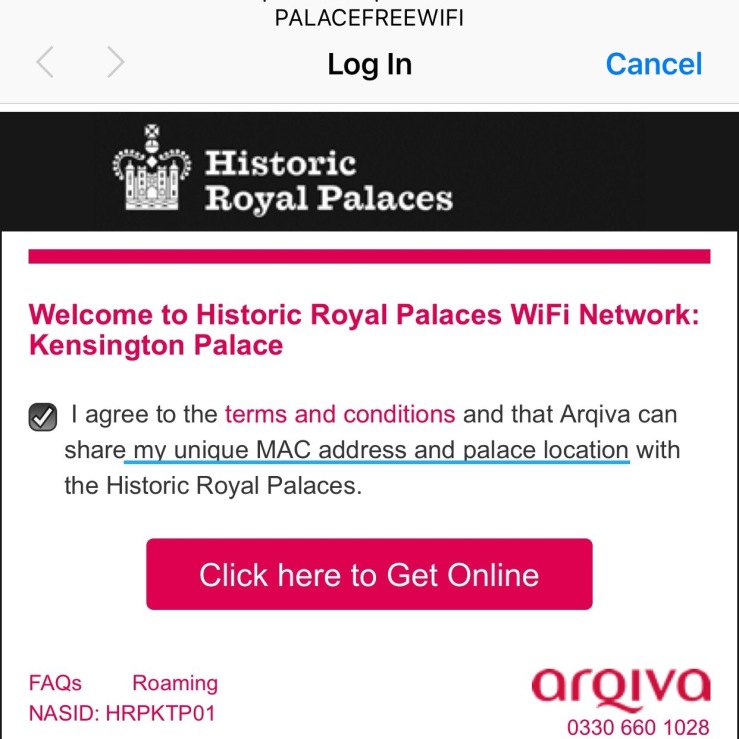I’m speaking at the upcoming Academy of Marketing E-Marketing SIG Symposium: ‘Exploring the digital customer experience: Smart devices, automation and augmentation’ on May 23 2017. This is what I wrote for my abstract:
Relevance to Call: Provocation, Smart Devices. Augmentation of the Customer Experience
Objective: A work-in-progress research development project at Chawton House explores narrative structure, extending the concept of story Kernels and Satellites to imagine the cultural heritage site as a collection of narrative atoms, or Natoms, both physical (spaces, collection) and ephemeral (text, video, music etc.). Can we use story-gaming techniques and digital mobile technology to help physical and ephemeral natoms interact in a way that escapes the confines of the device’s screen?
Overview: This provocation reviews the place of mobile and location technologies in the heritage market. Digital technology and social media are in the process of transforming the way that the days out market is attracted to cultural heritage places. But on site, the transformation is yet to start. New digital interventions in the heritage product have not caught on with the majority of heritage consumers. The presentation will survey the current state of digital heritage interpretation and especially the use location-aware technologies such as Bluetooth LE, NFC, or GPS. Most such systems deliver interpretation media to the device itself, over the air or via a prior app download. We explore some of the barriers to the use of mobile devices in the heritage visit – the reluctance to download proprietary apps, mobile signal and wifi complexities and most importantly, the “presence antithesis” the danger that the screen of the device becomes a window that confines and limits the user’s sensation of being in the place and among the objects that they have come to see. Also, while attempts to harness mobile technology in the heritage visit display interpretation that is both more relevant, and in some cases more personalised to the needs of the user, they also tend towards a “narrative paradox” – the more the media is tailored to the movements of the user around the site, the less coherent and engaging the narrative becomes.
Method: Story-games can show us how to create an experience that balances interactivity and engaging story, giving the user complete freedom of movement around the site while delivering the kernels of the narrative in an emotionally engaging order. At Chawton we plan to “wizard of oz” an adaptive narrative narrative for that place’s visitors.
Findings: Work so far demonstrates that a primary challenge for an automated system will be negotiating the contended needs of different groups and individuals within the same space. The work at Chawton looks to address this.
**
This is the first time I’ve written an abstract in this format, and I found it quite a challenge. What you add in and leave out is always a difficult decision, and this format, which was limited to one side, had me opting to leave out the references which I might have made room for if I had not had to write something under each of the prescribed headings. It’s also the first time I have had formal feedback on an abstract, which I share below:
Relevance to call: Good fit Smart devices, user experience,
augmentation, culture (5)
Objective: A practical case example of augmentation in a
heritage setting (5)
Lit rev: No indication of theory used, as this is a practical
case study (n/a)
Method: A specific case of Chawton House presented. (5)
Results: Interesting findings re barriers to use of mobile
devices in heritage, and the experience evaluation (4)
Generalisations: Interesting and original context of heritage
institution using augmentation, can extend to
other heritage sector applications. (4)
Total 23/25
**
So, not a bad score, but I wonder what I would have got (out of 30?) if I had included the references. Does the bibliography count within the one page limit? Or, could I have included it on a second side?
Still, not time for those questions. I have the write the actual presentation now. 🙂



